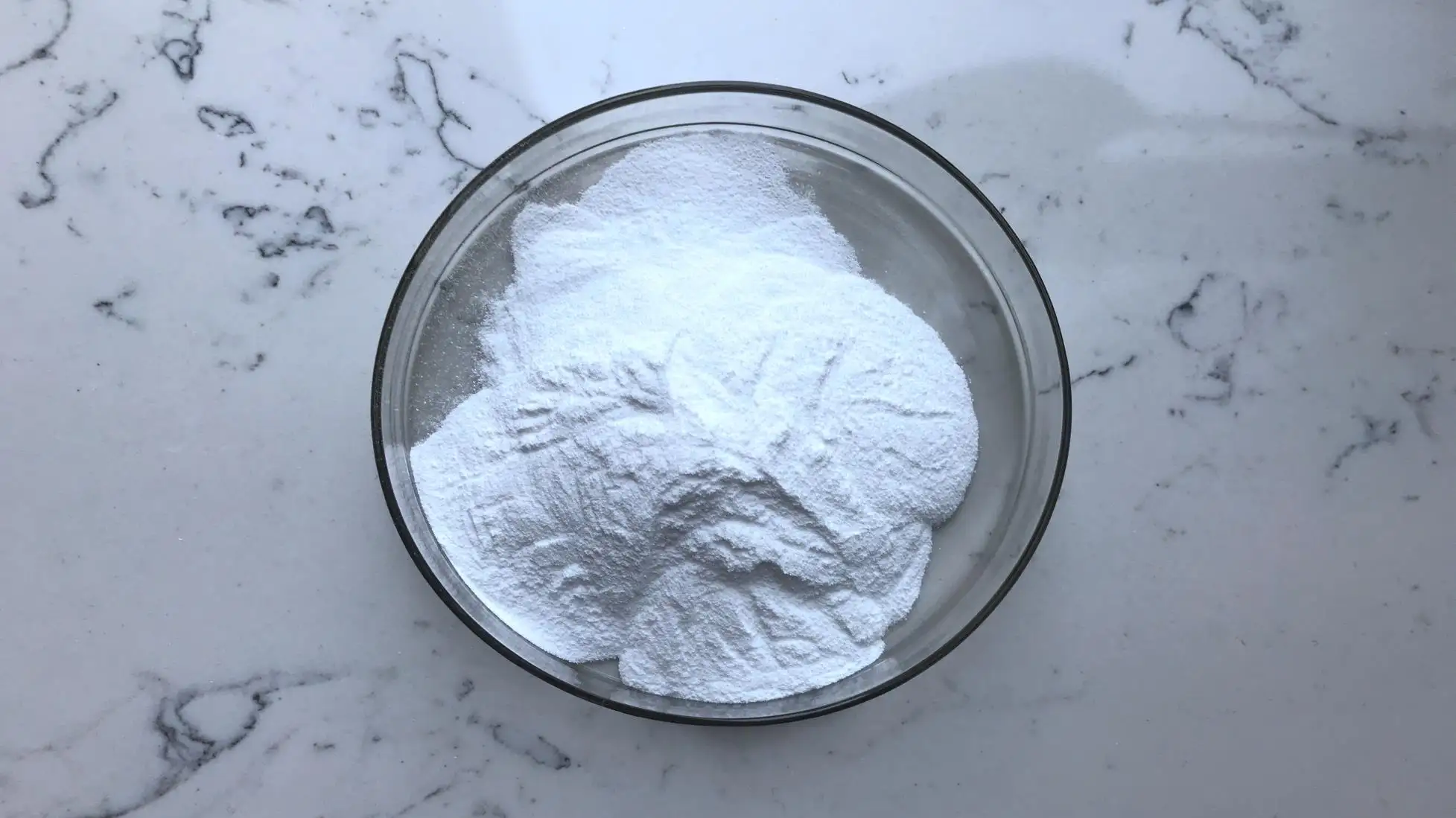Treatment of Rosacea with Azelaic Acid
Rosacea, also known as ‘rum nose’, is a chronic recurrent inflammatory disease prevalent in the central part of the face, primarily affecting facial blood vessels, nerves, and hair follicle skin swelling units. It is characterized by transient facial skin flushing, persistent erythema or papules, ulcers, capillary dilation, and in some cases, hypertrophic growth and ocular changes. The definite cause and pathogenesis of rosacea are not entirely clear yet.
According to the Chinese Rosacea Treatment Guidelines (2021 edition), Azelaic Acid is recommended for the treatment of rosacea. This recommendation is based on the fact that Azelaic Acid can sufficiently reduce the release of acid 5 and the display of antimicrobial activity from cell sour protein fermentation, as well as inhibit the release of ultraviolet-induced cytokines, thereby improving rosacea. Commonly used in concentrations of 10%, 15%, or 20% in creams or gels, applied twice daily.

Azelaic Acid in Acne Treatment
Acne is a chronic inflammatory disease that mainly affects the hair follicle swelling units, especially on the face, back, and chest areas, where skin swelling is more common, and often occurs in spring. The primary pathological features of acne include abnormal keratinization of the hair follicle sebaceous duct, inflammation, and immune response. The mechanism of acne is not fully understood yet, but it is associated with excessive skin fat diversion induced by glucocorticoid stimulation under a genetic background, abnormal keratinization of the hair follicle sebaceous duct, the proliferation of acne propionic bacteria and other hair follicle microbes, and related inflammation and immune responses.
The Chinese Acne Treatment Guidelines (2019 revision) recommend Azelaic Acid, which has antimicrobial activity against Propionibacterium acne and anti-inflammatory or mild desquamation effects, as a second-line topical drug for mild to moderate acne.
Azelaic Acid in the Treatment of Melasma
Melasma, also known as “butterfly spot”, is a chronic, acquired facial pigmentation disorder. It clinically manifests as patches of varying shades of brown with ill-defined borders, symmetrically distributed on the face, forehead, and lower face. The face is the most common location, followed by butterfly-like distribution. The three major causes of melasma are genetic susceptibility, sunlight exposure, and hormonal changes. Increased melanin synthesis, the proliferation of blood vessels in the lesion, inflammation, dysbiosis, vascular factors, and impaired epidermal barrier are all associated with the occurrence of melasma.
The Chinese Professional Knowledge of Melasma Treatment (2021 edition) recommends the external use of 15% to 20% Azelaic Acid cream for the treatment of melasma, applied twice daily for about six months, mainly for monochrome type melasma.
